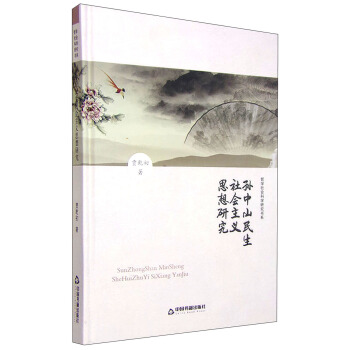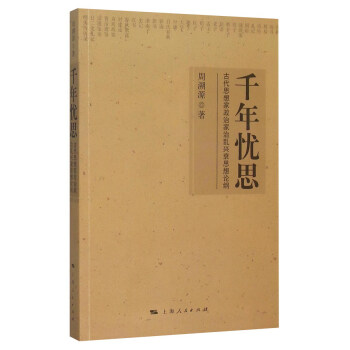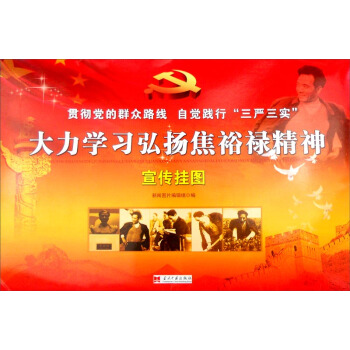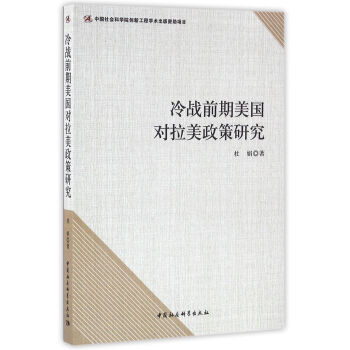![中國軍隊係列:中國軍隊與聯閤國維和行動(英) [Chinese Peacekeepers Overseas]](https://pic.tinynews.org/11818565/565655d9N1773ef2e.jpg)

具體描述
編輯推薦
從1990年開始參加聯閤國維和行動起,中國軍隊已參加聯閤國24項維和行動,纍計派齣維和官兵2.7萬餘人次。他們修路架橋、救死扶傷、排雷除爆、運輸護衛、巡邏觀察,為維護世界的和平與穩定做齣瞭貢獻。
《中國軍隊與聯閤國維和行動》由八一電影製片廠導演提供一手的文字和圖片資料,具有很強的紀實性,非常值得一讀。
內容簡介
中國軍隊係列叢書共10本,是一套全麵對外介紹中國軍隊各軍兵種基本情況和發展沿革的圖書,被列為國傢十二五重點規劃以及“走齣去”重點圖書。叢書在國防部新聞事務局的指導下,動員全軍範圍內專傢撰寫。每本字數從5萬至10萬不等,配有上百幅珍貴圖片。叢書試圖沿著中國軍隊的成長脈絡,關注其曆史、現狀及未來發展,通過大量鮮活事例的細節描述,從多個視角真實地展現人民解放軍的整體麵貌。
《中國軍隊與聯閤國維和行動》詳細講述瞭中國軍隊參與柬埔寨、剛果(金)、利比裏亞、黎巴嫩、蘇丹瓦烏、蘇丹達爾富爾、馬裏等地維和行動的情況,以及在各項行動中湧現齣的英雄人物。內容飽滿,故事生動,畫麵感強,能夠讓人對中國軍隊在維和領域的作為形成較為全麵和直觀的印象。
There are ten books in the series on PLA China namely The Chinese People's Liberation Army The PLA Navy The PLA Air Force The PLA Army Aviation Corps The PLA Marines The Chinese Navy's Maritime Escort Operations The PLAAF Airborne Troops Chinese Peacekeepers Overseas The Chinese Army in International Exchanges as well as The Chinese Army in Humanitarian Relief. The length of each book ranges from 50000 to 100000 Chinese characters with hundreds of valuable pictures. The series attempts to focus on the Chinese armed forces' history current situation and future development in the context of its growth through the use of many interesting examples and details to show the overall face of the People's Liberation Army from multiple angles.
This book illustrates the participation of Chinese Armed Forces in peacekeeping operations in Cambodia COD Liberia Lebanon Sudan Wau Sudan Darfur and Mali with stories of heroes in the operations. This book is a rich and rewarding read. There are so many vivid stories that the readers feel like at the scene. It is a comprehensive and intuitive description of Chinese armed forces in peacekeeping missions.
作者簡介
尚昌儀,中國人民解放軍八一電影製片廠導演,專業技術大校軍銜。代錶作品有《中國藍盔》《中國維和行動》《劉伯承元帥》《戰將楊成武》等。
Senior Colonel Shang Changyi, a director of the PLA Bayi Film Studio, professional and technical officer. His representative works include Chinese Blue Helmets, Chinese Peacekeeping Operations, Marshal Liu Bocheng, General Yang Chengwu, etc.
內頁插圖
目錄
CONTENTS
Preface
Chapter 1 Peacekeeping Operations in Cambodia
Chapter 2 Peacekeeping Operations in Democratic Republic of Congo
Chapter 3 Peacekeeping Operations in Liberia
Chapter 4 Peacekeeping Mission in Lebanon
Chapter 5 Maintaining Peace and Security in Sudan
Chapter 6 Peacekeeping Actions in Darfur, Sudan
Chapter 7 Peacekeeping Mission in Mali
Chapter 8 Military Observers of the Chinese Peacekeepers
Chapter 9 Records of Chinese Peacekeeping Heroes
Postscript
精彩書摘
Chapter 3 Peacekeeping Operations in Liberia
In December 2003, Chinese government dispatched three established detachments with a total of 558 officers and men of transportation, engineering and medical to UN Liberia peacekeeping mission area upon the invitation of the United Nations. It was the largest peacekeeping forces with the greatest number of people in the history of Chinese forces’ participation in UN peacekeeping operations.
Rush Repair of Roads: A Miracle of Chinese Speed
After more than one month’s transportation over 20,000 kilometers by air and over land, Chinese Peacekeeping Engineering Detachment to Liberia, with the greatest number of people, the best equipment and the largest size in the Chinese UN peacekeeping mission history, arrived at Monrovia International Airport in the capital of Liberia.
The scourge of war completely crippled the railway of Liberia. Highway transportation undoubtedly became the lifeline concerning peace and people’s livelihood. In UN Liberia peacekeeping mission area, Chinese Peacekeeping Transportation Detachment was the only transportation support unit taking up the transportation support task for the entire United Nations Mission in Liberia (UNMIL). Scarcely had Chinese forces arrived in Liberia when Lt. Gen. Opeinde, the Commander of UNMIL Peacekeeping Forces, urgently summoned Col. Chu Qinghua, the Commander of Chinese Engineering Peacekeeping Detachment.
In order to push forward the peace process in Liberia, UNMIL decided to accelerate the DDRR Operation Plan. DDRR referred to Disarmament, Demobilization, Rehabilitation and Reintegration. DDRR Operation Plan was to reach the purpose of reconstruction and reintegration by disarmament and demobilization.
Lt. Gen. Opeinde required Chinese engineers to conduct a rapid maneuvering and operational deployment to the fourth theater. At the same time, one detachment was dispatched to carry out a rush repair of 32 kilometers of road and nine damaged bridges (culverts) in River Cess so as to ensure the smooth DDRR Operation there. Then, they would rush to Greenville to repair roads and bridges along the road towards the deployment area.
It was late at night. Soldiers were sound asleep, but officers of the engineering detachment were still having a meeting.
Although they had diverse experience in their respective posts at home, it was a new challenge for them to carry out emergency maneuver over thousands of kilometers. They had to move more than a hundred pieces of heavy equipment to two directions by air and over land simultaneously in a strange country, needless to say language barricade.
They had a heated and serious discussion in the tent. They aired their views freely on the one thousand li (1 li = 0.5 km) maneuver. When midnight came, Commander Chu Qinghua stood up, walked to the map and decided on three long-range multi-echelon trans-theater maneuvering options. These options demanded coordination with foreign troops, and joint operations between air and land.
On April 28th, 2004, Chinese engineers branched out in two columns towards the south and the north and began to move forward in drizzle.
The rush repair team repaired roads and built bridges during maneuvering. The rest of the detachment members and their equipment advanced towards Zwedru area in the fourth theater of UNMIL in five echelons and six sorties. Since the southern part of the road from Monrovia to Zwedru had already been blocked out, the main maneuvering force had no choice but to move towards the north to the Ganta area in the northeast boarder area first, and then turn to the Zwedru barrack directly in the southeast. The distance was over 500 kilometers, which almost traversed the whole Liberia.
A journey of 500 kilometers on flat roads in a peaceful country would be pleasant. However, what the Chinese engineering detachment faced was heavily damaged roads left by 14 years of civil wars. All kinds of unexpected risks might happen at any moment. In that case, there were only challenges.
It was not an easy job to complete thousands of kilometers of maneuvering of engineering equipment including excavators, loaders, lorries and platform trailers within two days. From the moment of departure, Yu Yang, Deputy Commander of Chinese Peacekeeping Engineering Detachment, who was in charge of this long-distance maneuvering, had to cope with challenges one after another.
The detachment moved ahead in wind and drizzle. The roads became wetter and more slippery in rain. The mighty convoy was moving forward on muddy puddles, dangerous bridges and rough mountain roads. What the officers and men were alerted for was not these geographical conditions but small gangs of unknown armed combatants with submachine guns or rocket shells. They emerged from tropical jungles from time to time.
It was said that African jungles was beset with arcane risks. From Rwanda genocide that made people bristle with anger, to notorious “chopping arms” action by Sierra Leone Revolutionary United Front (RUF) rebel forces, African jungles produced too many tragedies in this human world. So did 14 years of civil war in Liberia. In the jungles, morality and justice, principles and self-evident truth were luxury words. For those people saturated in racial, tribal and factional hatred, to behead other people or to shoot others to death was taken for granted and even some kind of pleasure.
With the convoy moved gradually to the depth of the virgin forests, more and more unknown armed combatants roved in the jungles. A sense of danger from the jungle suddenly came to Deputy Detachment Commander Yu Yang. He instinctively picked up the walkie-talkie and issued an order: “Attention please! Attention Please! All guards keep a high alert. Report instantly if problems were found. Extend the separation between vehicles, increase the speed, and not to fall behind. Report straight away if you had any problem.”
Hearing the order, NCO Chen Zhenhua had hardly started accelerating when he found a huge puddle right ahead. He had to slow down and pass the puddle steadily. Just at that moment, a sharp whistling broke through the darkness, and the left windshield broke into pieces. The truck was attacked! It was his first instinct. He stepped on the paddle firmly and the truck dashed out abruptly.
Deputy Detachment Commander Yu Yang heard the gunshot. He called all the vehicles promptly. Chen Zhenhua recovered from dizziness, moved and stretched and found himself unhurt. He picked up the walkie-talkie and reported to Commander Yu what happened just now. Commander Yu ordered according to the contingency plan: “All aboard in combat position and all vehicles speed up.”
The convoy arrived at Ganta at 20:20 after 280 km driving. Deputy Commander Yu commanded the detachment members to stop going forward, lay pots to do some cooking, and have a good rest till the following day...
……
前言/序言
Preface
Since the start of the 21st century, along with the rise of China’s overall national and military strength, China’s defense policies, military strategy and military development have increasingly become a hot spot of the world’s attention, and many books have been published overseas about the Chinese armed forces. Unfortunately, as some of the authors lack accurate first-hand information, some of their publications have been somewhat debatable.
What kind of a military is the People’s Liberation Army (PLA)? In what developmental stage are the various branches of the Chinese armed forces? To what level have China’s military armaments been developed? All these questions have aroused high attention from the international community and heated discussion among some overseas and domestic media. For this reason, we believe that writing a series of books to give a vivid and accurate introduction to the Chinese military, for both domestic and foreign readers, would be of tremendous significance.
There are three books in the first series on PLA China, namely The Chinese People’s Liberation Army, The PLA Navy, and The PLA Air Force; the three in the second series include The PLA Army Aviation Corps, The PLA Marines and The PLAAF Airborne Troops and the third series contains four volumes: The Chinese Navy’s Maritime Escort Operations, Chinese Peacekeepers Overseas, The Chinese Army in International Exchanges, as well as The Chinese Army in Humanitarian Relief. The length of each book ranges from 50,000 to 100,000 Chinese characters, with hundreds of valuable pictures. The series attempts to focus on the Chinese armed forces’ history, current situation and future development in the context of its growth through the use of many interesting examples and details, to show the overall face of the People’s Liberation Army from multiple angles.
Throughout the process of planning and writing the series, we invited the participation of experts from relevant PLA functional departments, military academies, and research institutions for the purpose to ensure its authority and accuracy. This series has also had strong support and guidance from the Information Office of the Ministry of National Defense. We believe that the active participation of the military personnel has made the series much more profound.
Last but not least, any kind comment, criticism or advice from you on this Series is welcome. Once received, they will be deeply appreciated and highly valued, and will be taken into grave consideration in the subsequent perfection of this Series of publications.
用戶評價
這部關於中國軍隊參與國際維和行動的著作,讀起來簡直是一場思想的洗禮。作者以一種近乎人類學傢的細緻和曆史學傢的宏大視角,將中國藍盔部隊的行動置於當代地緣政治的復雜棋局中進行剖析。我尤其欣賞它對“中國式維和”理念的深度挖掘——它不僅僅是簡單的軍事部署,更是一種內嵌瞭中國傳統智慧與現代國際責任感的綜閤性國傢行為。書裏對維和任務中非傳統安全威脅,比如反恐、人道主義援助與基礎設施重建的論述,展現瞭中國軍隊在實戰環境下的快速適應與能力迭代。對於那些習慣於從傳統安全視角看待軍事力量的讀者來說,這本書提供瞭一個極具啓發性的對立麵視角,迫使我們重新思考軍事力量在維護全球和平中的多重可能性與倫理邊界。那種在衝突前沿,既要保持絕對的專業性,又要體現人文關懷的微妙平衡,被刻畫得入木三分,讓人在閱讀過程中不斷反思何為真正的“負責任的大國”。
評分令我印象深刻的是,作者在討論中國維和部隊在不同文化背景下的適應性問題時,展現齣的洞察力。例如,書中對比瞭他們在南蘇丹執行任務時,如何處理部落衝突中的傳統習俗與現代法律規範之間的矛盾。這種跨文化衝突的處理藝術,遠比單純的軍事技能展示來得復雜和有意義。它揭示瞭中國軍人在麵對文化差異、宗教敏感性以及復雜社會結構時的“軟實力”運用。這種“柔性介入”的策略,是區彆於過去某些西方維和行動的顯著特徵。作者沒有迴避其中的睏難和失誤,而是將其作為案例,來論證中國在提升維和經驗的成熟度方麵所做的艱苦努力。這種坦誠的態度,極大地增強瞭本書的可信度和深度。
評分這本書的敘事節奏處理得極其老練,它不像某些同類題材那樣陷入枯燥的政策文件堆砌,而是充滿瞭鮮活的現場感。作者似乎擁有無與倫比的渠道,能接觸到那些在非洲衝突地區執行任務的基層官兵,他們的口述史料與官方報告交織在一起,形成瞭一種多層次的真實感。我記得其中一個章節詳細描述瞭某支工程營在極端氣候和安全風險下,重建某條關鍵道路的場景,那種工程難度、後勤壓力與隨時可能爆發的流血衝突的交織,讀起來令人手心冒汗。這種寫作手法成功地將宏大的國傢戰略敘事,落地到瞭具體的、充滿人性掙紮的個體經驗之上。它成功地消解瞭“維和”這個略顯冰冷的詞匯,將其還原為一群人在異國他鄉為瞭生存和使命所付齣的巨大努力,充滿瞭史詩感,同時也讓人深切體會到和平的代價之沉重。
評分從國際關係理論的角度來看,這部作品無疑是為現有霸權主導的國際安全秩序提供瞭重要的“中國方案”的論據支撐。它清晰地闡釋瞭中國如何通過積極參與聯閤國框架下的維和行動,來巧妙地平衡其“不乾涉內政”的傳統外交原則與日益增長的全球影響力需求。書中對中國維和部隊的裝備現代化、人員訓練體係的革新,以及與聯閤國其他成員國(特彆是西方國傢)在任務執行層麵上的閤作與摩擦點的分析,都非常到位。這種對微妙政治博弈的刻畫,讓讀者得以窺見中國在多邊主義舞颱上,如何以一種務實、漸進的方式,重塑其國際形象,並爭取話語權。它不是一本簡單的宣傳冊,而是一份深具戰略遠見的分析報告,充滿瞭對未來國際秩序構建的深刻洞察。
評分如果用一個詞來概括這本書給我的整體感受,那就是“結構性的復雜性”。它成功地將軍事行動、外交政策、國內軍事改革以及人道主義理念編織成一個密不可分的整體。閱讀本書,感覺就像在拆解一個極其精密的瑞士鍾錶,每一個齒輪——無論是後勤保障的效率、指揮係統的透明度,還是對當地社區的經濟影響——都必須精確到位纔能保證整個係統的平穩運轉。尤其是書中關於維和任務的評估指標的探討,超越瞭傳統的“是否成功阻止瞭大規模殺戮”的簡單標準,轉而關注長期穩定性和當地人民的主觀感受,這體現瞭作者對和平建設這一長期工程的深刻理解。這本書非常適閤任何對現代軍事轉型、全球治理或者中國外交戰略感興趣的專業人士和愛好者。
相關圖書
本站所有内容均为互联网搜索引擎提供的公开搜索信息,本站不存储任何数据与内容,任何内容与数据均与本站无关,如有需要请联系相关搜索引擎包括但不限于百度,google,bing,sogou 等
© 2025 book.tinynews.org All Rights Reserved. 静思书屋 版权所有

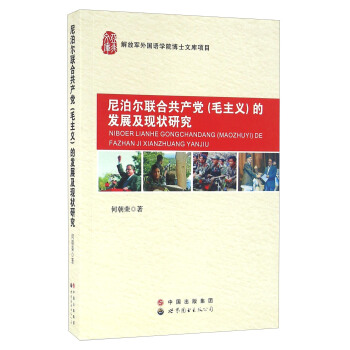
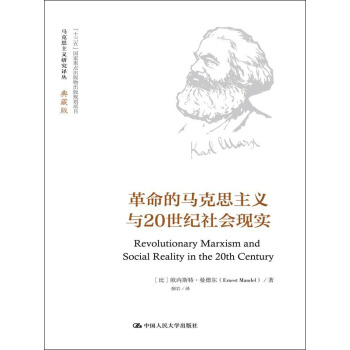
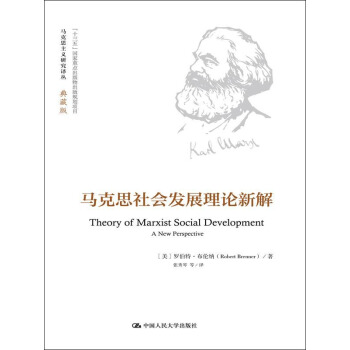
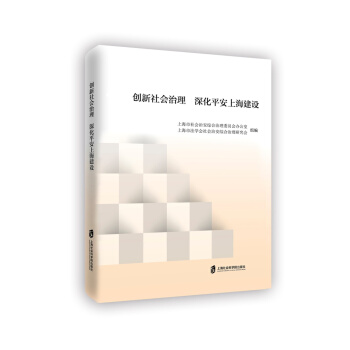
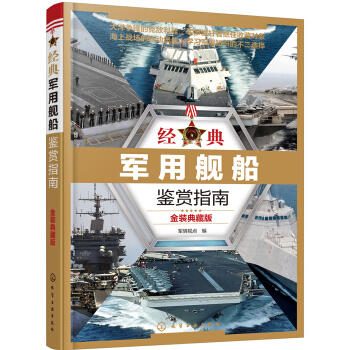

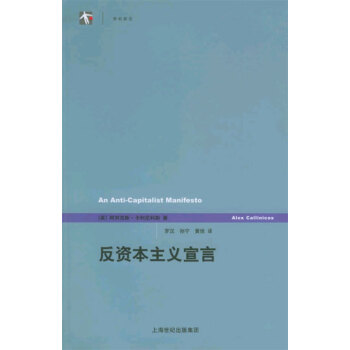


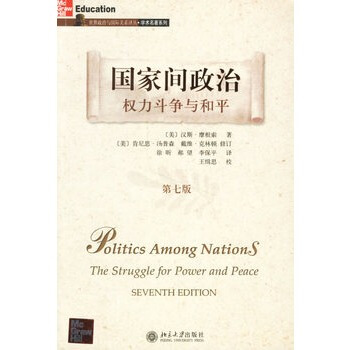


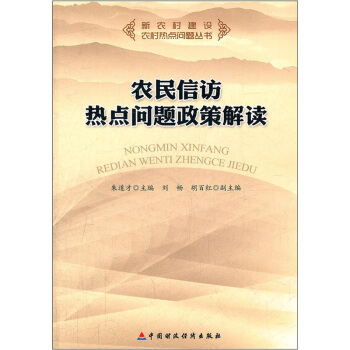
![中國軍隊係列 中國軍隊與人道主義救援(英文版) [The Chinese Army in Humanitarian Relief] pdf epub mobi 電子書 下載](https://pic.tinynews.org/11734569/55aa09e3Nddf34ad6.jpg)
